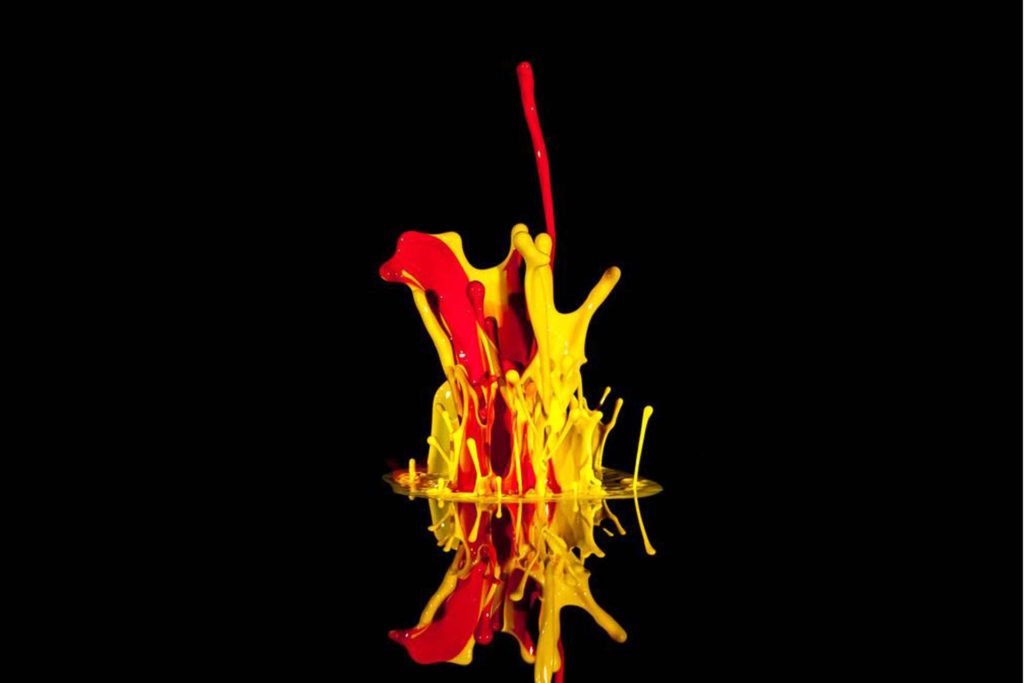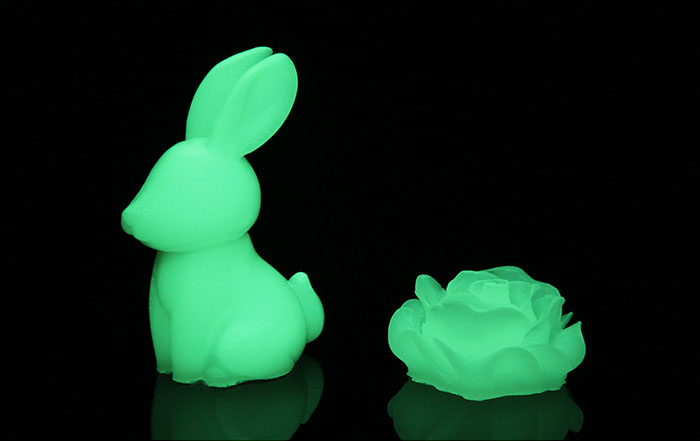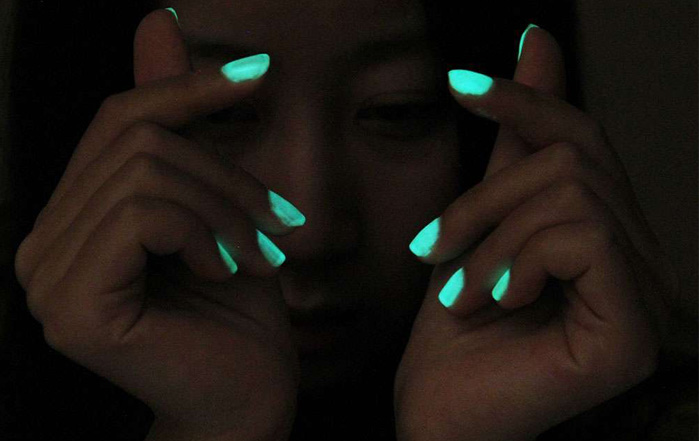Luminous ink is a light-storing self-luminous ink formulated with luminous powder. The application range is extensive, such as the printing of luminous signs, the printing of luminous film, the printing of luminous tape, etc. So the question is, how to choose the right ink and luminous powder to make luminous ink?It depends on the specific application. Today I will give you a detailed answer to this question.
How to choose the right ink?
A. Luminous powder added in transparent ink has the best glowing effect. Colored ink can also be used with luminous powder. Still, the glowing effect is far inferior to the brightness of transparent ink.
B. Different printing materials should use corresponding inks. Such as special metal inks for metal materials, and ABS special inks for ABS plastic materials, as to ensure that the luminous ink sticks firmly.
How to select the right glow in the dark powder ?
The choice of luminous powder is based on the actual application of the customers. It depends on what effect the customer wants to achieve. According to the requirements of different uses, luminous intensity, and particle size, in the actual production process, we summarize the technical solutions suitable for customers. Luminous powder determines its quality and cost according to its light intensity and length of afterglow time.
When performing screen printing with luminous ink, pay attention to the following points:
(1) First and foremost, the particle sizes of glow powder must be smaller than the size of the net mesh. Otherwise, the luminous powder cannot pass through the net mesh and affect the glowing effect of the final product;
(2) The addition ratio of glow powder in luminous ink should be about 20% -40% according to the weight. The higher the addition ratio can reduce the number of repeated printing to achieve a better luminous effect.
(3) When a substrate is a transparent object, the white ink base can be printed under, which can improve the glowing effect.
(4) Selecting luminous powder with high brightness level can reduce the proportion of addition.
(5) If it is water-based ink, you need to choose waterproof luminous powder.
(6) Luminous ink needs to be prepared before use. Otherwise, it is easy to cause settlement and agglomeration, which affects the use.

The nature of luminous ink:
It is translucent off-white paint during the day, and it can continue to emit light for 12 hours after absorbing light for 10-30 minutes. It can be repeatedly charged and released indefinitely. So it is glowing in the middle of the night. It is like a neon advertising. Neon lights need the power to emit light, and luminous ink does not require electricity, saves energy, and is used indefinitely.
Luminous ink color types: yellow-green, blue-green, sky blue, water-based luminous ink (fabric only)
Luminous ink printing methods: screen printing and pad printing, gravure printing, embossing printing, spray gun spraying, etc., or direct painting
Luminous ink can be printed: on paper \ cloth \ metal \ glass \ ceramic \ plastic etc.
Luminous ink application: bars, nightclubs, living rooms, architectural decoration, vehicles, military facilities, fire emergency systems, traffic signs, etc.
Types of ink:
There are many types of inks with different physical properties; some are thick and sticky; some are quite dilute. Some use vegetable oil as the linking material; some use resin and solvent or water as the linking material. These are determined according to the object to be printed, the printing method, the type of printing plate material, and the drying method.
With the development of printing technology, the variety of inks is increasing, and there are many methods of classification. If classified according to printing methods, there are the following three types:
Letterpress printing inks: black ink for books and periodicals, black ink for rotation, color ink for letterpress, etc .;
Lithographic printing ink: offset printing resin ink, offset printing ink, etc .;
Gravure printing ink: photogravure ink, engraving gravure ink, etc.
Matters needing attention in luminous ink:
- Luminous ink should be thoroughly stirred before use. Never use metal containers and metal agitators, and avoid high-speed friction.
- “Open oil-water” (Dilution: Luminous ink is oil-based ink, which can be diluted with the corresponding thinner when used. ) (Aqueous ink can also be customized and diluted with water.)
- Toxicity and safety: The ink is slightly irritating to the skin and respiratory tract. It should be sealed when transported, and the environment during printing operations should be kept in good ventilation. After the ink is completely dried, there will be no odor or irritation, which meets the specifications of safe toys and food packaging specifications.
- Storage: It should be sealed and stored in a closed, dry and dark place, avoid direct sunlight

How to get rid of pollution from ink?
After the solvent in ink volatilizes, mainly pigments, resins and additives are left in the printed matter. If it is a printed matter used for food and pharmaceutical packaging, it is best not to contact the food directly. The fat, alcohol, and esters in food (in wine and spices) may dissolve the resin in ink. Then the food may be contaminated with resin and pigment. In particular, solvent-based, water-based, and other volatile dry inks are more likely to be reconstituted. UV ink maybe a little better, because it is photo-cured, and the oxidized conjunctiva, which is different from offset printing ink, is dried. It is less likely to be reconstituted after drying.
When reading through books and newspapers, people must overcome the bad habit of using their fingers to take saliva from their tongues, so as not to bring ink into their mouths.


